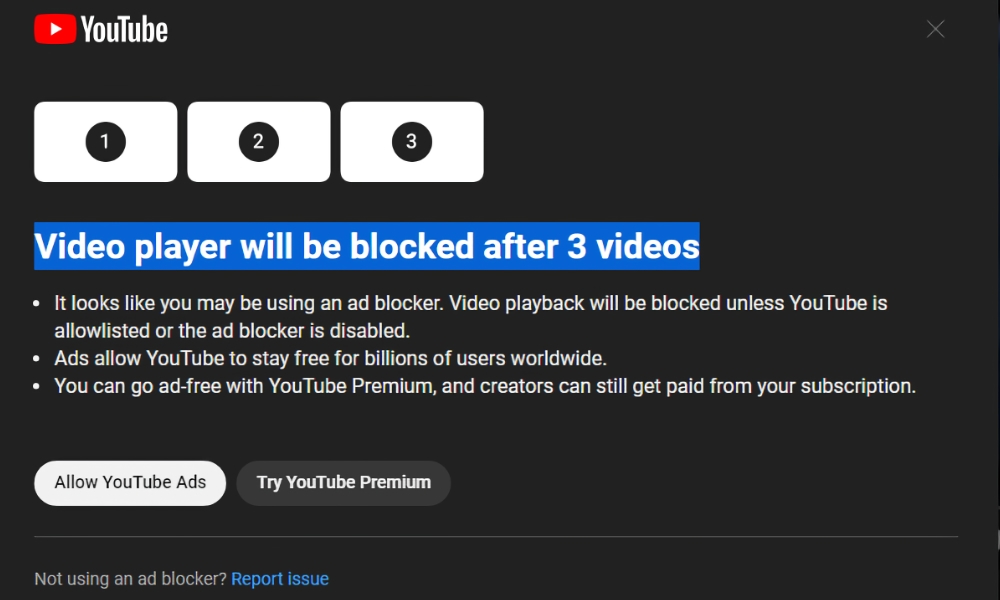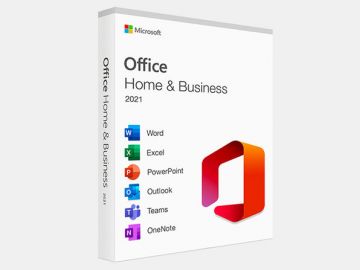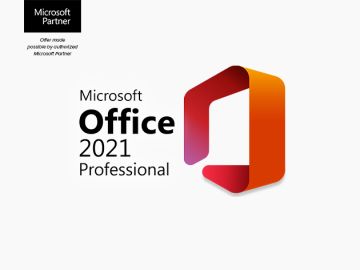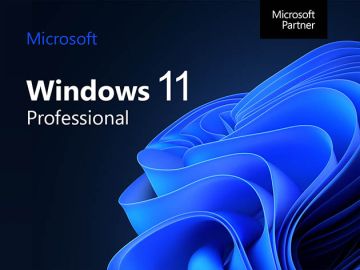YouTube Begins Officially Cracking Down on Ad-Blockers
 Credit: Alexander Shatov
Credit: Alexander Shatov
Toggle Dark Mode
Earlier this year, YouTube began experimenting with ways to block ad blockers, and now it seems that the experiment is out of the lab and into the wild.
This week, YouTube told The Verge that it’s officially “launched a global effort” to crack down on ad blockers across the entire service. YouTube fans will no longer get a free ride; the choice now is to pay with ads or pay with dollars by subscribing to YouTube Premium.
Signs that YouTube was toying with this idea go back to the beginning of 2023, but in June, a YouTube spokesperson confirmed that the service was running a “small experiment globally” to “urge” those with ad blockers to either turn them off or pay up.
In addition to likely helping YouTube tweak the technical issues behind the scenes, it was also a soft-sell approach to encourage YouTube users to do the right thing. Most received only a warning rather than blocking their access, and a spokesperson confirmed they’d “receive multiple notifications urging them to cease using the tools before any of their viewing is disrupted.”
Even back then, there were indications that “multiple notifications” was really more of a “three strikes” system, with users sharing screenshots warning them that their viewing would be “blocked after 3 videos.”
Now, the kid gloves are off, and YouTube has decided it needs a bigger stick rather than a stronger carrot. This week, reports began pouring in of YouTube users around the globe, finding their access blocked with a page that bluntly says, “Ad blockers violate YouTube’s Terms of Service.”
It’s likely YouTube has been monitoring ad blocker behavior for some time, even without displaying warnings. This may explain why some folks who have only recently enabled ad blockers may still receive a gentler reminder to turn off their ad blocker, as they did in June. However, YouTube is showing far less sympathy for those who have been blocking ads all along — even if they haven’t previously been warned to stop.
To be clear, ad blockers have never been allowed under YouTube’s Terms of Service. However, like many things in the fine print of many services, it merely hasn’t been enforced until now. It’s technically the same with Netflix’s recent crackdown on password sharing; although Netflix has sent some mixed messages about that in the past, the policy always stipulated that the service was only for use in one household.
However, unlike Netflix’s confusing stance on password sharing, YouTube has never once suggested that using an ad-blocker with the service was okay. It just mostly ignored those who were doing so.
We’ve launched a global effort to urge viewers with ad blockers enabled to allow ads on YouTube or try YouTube Premium for an ad free experience. Ads support a diverse ecosystem of creators globally and allow billions to access their favorite content on YouTube.
Statement from YouTube
This is essentially the same reminder that YouTube still includes in the notification that it shows users who are caught with an ad-blocker enabled. “Ads allow YouTube to be used by billions worldwide,” the message now reads, adding, “You can go ad-free with YouTube Premium, and creators can still get paid from your subscription.”
YouTube isn’t wrong about this, and in this case, it’s not just about pouring money into a big multi-billion-dollar corporation. While Google certainly takes a cut from YouTube ads, the money also goes to support the folks publishing videos on YouTube, many of whom are small independent content creators earning their livelihoods from the service.
There’s no such thing as a free lunch, and allowlisting your favorite websites in your ad blocker is an excellent way to support content creators, both on YouTube and on the web at large.
Alternatively, a subscription to YouTube Premium allows everything on YouTube to be enjoyed without ads while ensuring content creators still get paid when you watch their videos. You’ll also get higher-quality 1080p streaming, full access to YouTube Music, offline viewing, background playback, and expanded picture-in-picture support on the iPhone and iPad. Still, at $13.99/month, it’s far from cheap, and it’s arguably overkill for those who simply want to view YouTube without ads and don’t care about the other premium features.







